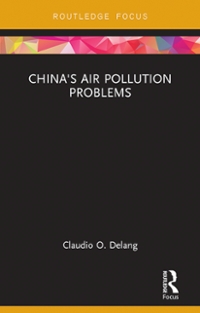Answered step by step
Verified Expert Solution
Question
1 Approved Answer
Please help me answer those questions Suppose that the economy is well described by the ISLMADAS model with partially sticky prices studied in class. In
Please help me answer those questions

Step by Step Solution
There are 3 Steps involved in it
Step: 1

Get Instant Access to Expert-Tailored Solutions
See step-by-step solutions with expert insights and AI powered tools for academic success
Step: 2

Step: 3

Ace Your Homework with AI
Get the answers you need in no time with our AI-driven, step-by-step assistance
Get Started


